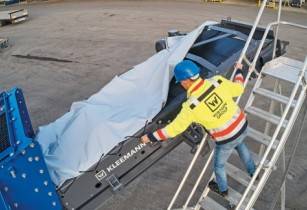INFRASTRUCTURE SPENDING BY Gulf countries is expected to reach US$205 billion by 2013, according to recent estimates by Standard Chartered Bank. Although funding has emerged as a big challenge in the context of the global credit crisis, economists expect governments to support most infrastructure projects, and bond issues will be a major source of funding for many of these projects.
p>INFRASTRUCTURE SPENDING BY Gulf countries is expected to reach US$205 billion by 2013, according to recent estimates by Standard Chartered Bank. Although funding has emerged as a big challenge in the context of the global credit crisis, economists expect governments to support most infrastructure projects, and bond issues will be a major source of funding for many of these projects.
Saudi Arabia alone accounts for more than 50 per cent of regional infrastructure spending with US$105 billion in investments planned in projects such as roads, railways, hospitals and airports. ?In the Gulf region infrastructure development is almost exclusively government-driven and largely falls under the regional government?s fiscal expansionary spending outlays.
In Dubai, for example, the state budget has set aside close to 40 per cent for expansion and development of the transportation network. In Saudi Arabia, the government has taken over a number of key infrastructure projects. These projects are likely to underpin regional demand for both base metals and steel,? said David Barclay, a Commodity Strategist. Power and water projects in the GCC, which fall under the infrastructure umbrella, are largely carried out by quasigovernment entities, and these projects are seen as a high priority, as the additional capacity is urgently required to address demands of the region?s growing population.
Annual GCC electricity demand is expected to grow 10 per cent and desalination demand eight per cent until 2015. The Gulf countries intend to spend close to US$70 billion in the next four years to expand present facilities and create new capacity. Project finance for many of the large-scale projects will continue to be challenged by tighter global liquidity conditions. The Middle East was the world?s largest project finance market only a couple of years ago, however, lending decelerated sharply due to the global credit crisis.


























